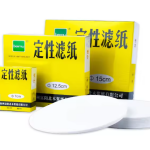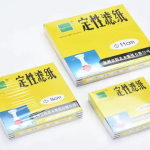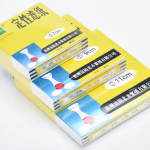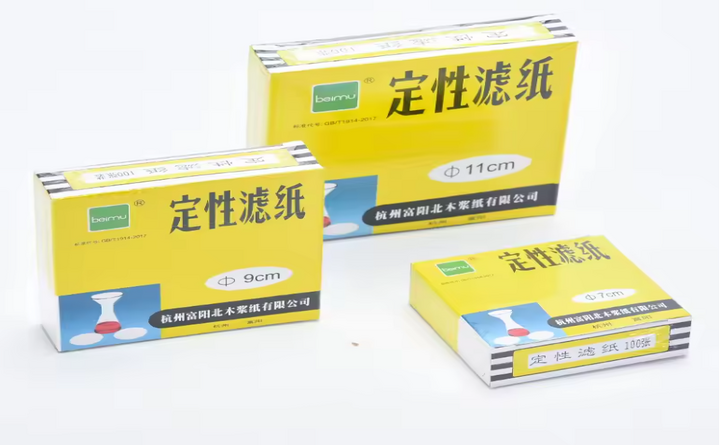


Qualitative filter paper is a common lab tool made from cotton cellulose that separates solid particles from liquids or gases in general laboratory applications and basic qualitative chemical analysis. Its porous structure allows liquids to pass through while retaining larger solids, and it’s available in different grades with varying pore sizes to control filtration speed. Applications include liquid clarification, separating precipitates, air pollution monitoring, and soil testing.

Qualitative filter paper specifications include grade, which indicates particle retention (e.g., 11 µm for Grade 1) and filtration speed (e.g., fast, medium, slow). Other key specifications are basis weight (e.g., 87 g/m²), thickness (e.g., 180 µm), and ash content (typically ≤0.06%). The primary difference from quantitative filter paper is its use in general filtration rather than quantitative ash weighing.